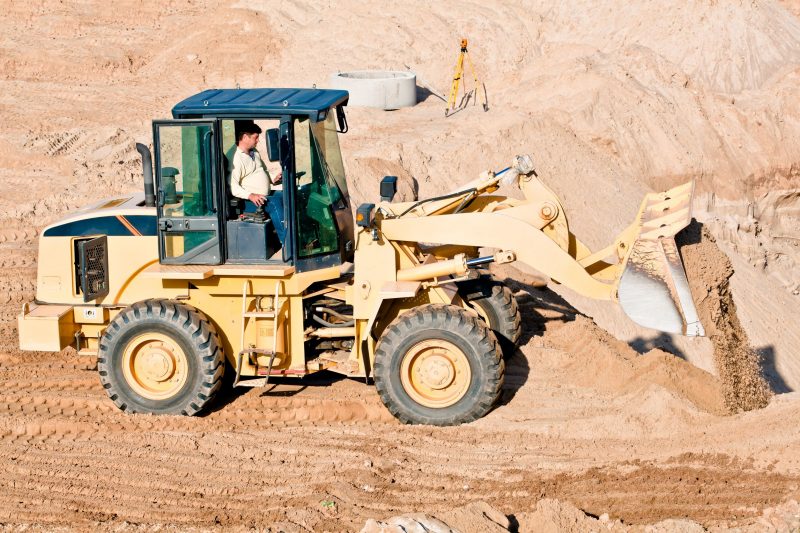Pallet scales, more correctly known as industrial platform scales, are perhaps the most common scales used across all industries. These are ideal for processing and production facilities as well as on loading docks and transportation terminals and hubs.
Knowing the size and type of industrial platform scales best suited for a given weighing requirement are the two essential factors in making a selection. While this may seem basic, there are some critical factors to consider that are often overlooked.
Capacity and Dimensions of the Platform
All industrial platform scales and all scales of any type are rated for a specific load capacity. It is important when choosing a scale to choose the capacity that is at or greater than the current heaviest load that will go across the scale.
Ideally, building in a buffer by choosing a greater load capacity on the scale is a good option. Not only will this help to extend the life of the scale, but it will also allow for a more opportunity to expand the types of loads handled by the scale without exceeding that capacity.
The physical size of the platform is also important and is independent of the load capacity. The load should be easily positioned on the scale to avoid problems in loading and unloading palleted materials or other types of materials onto the platform.
Scale Position
Platform scales have a low profile and sit slightly off of the surface of the floor. Ramps can be used on all sides or just the two opposite sides for ease in moving loads across the scale.
It is also possible to install the scale, so it is flush with the floor. This is often a very good idea if the scale will be permanently located in one position.



